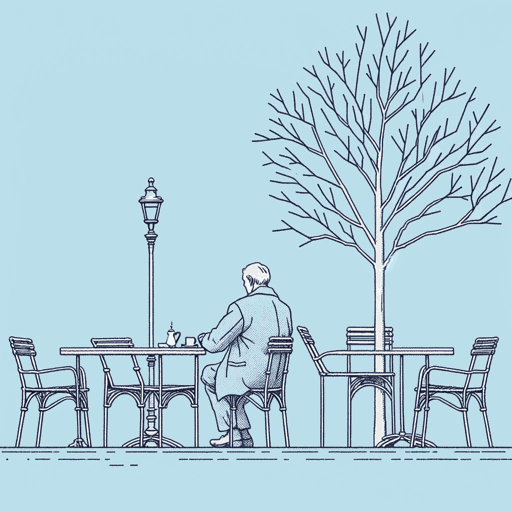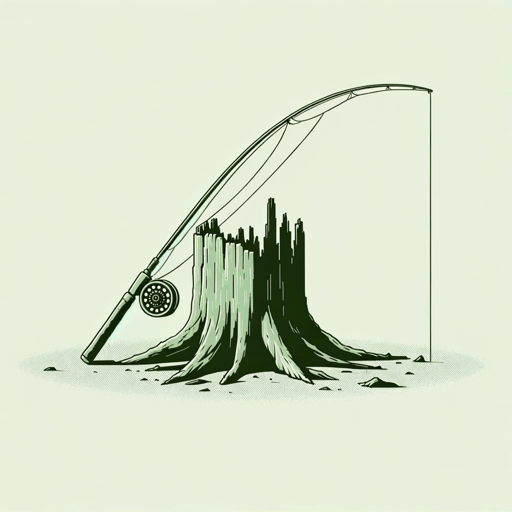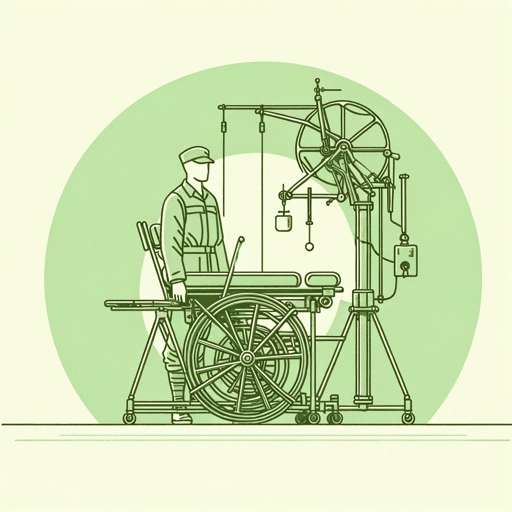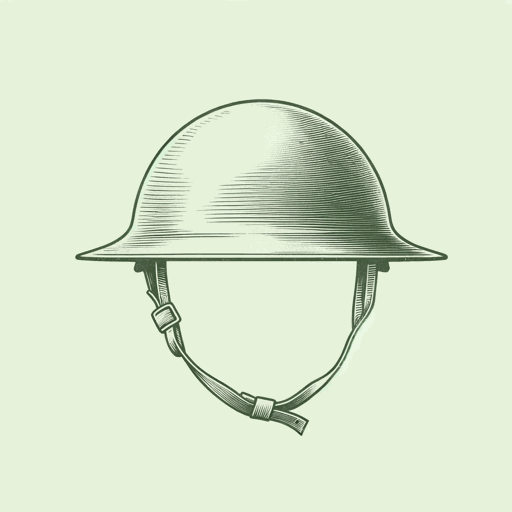37 pages • 1 hour read
Ernest HemingwayThe Old Man and the Sea
Fiction | Novella | Adult | Published in 1952A modern alternative to SparkNotes and CliffsNotes, SuperSummary offers high-quality Study Guides with detailed chapter summaries and analysis of major themes, characters, and more.
Literary Devices
The Old Man and the Iceberg
Trained as a journalist to report the facts clearly, Hemingway wrote in a direct, concise style that presents the surface features of characters and events so they are simple and clear yet radiant with deeper meaning. He called this his “iceberg theory,” by which the things left unsaid improve a story.
In The Old Man and the Sea, Hemingway uses his iceberg technique to craft vivid scenes that contain implicit depths. For example, he mentions briefly Santiago’s birthplace, the Canary Islands, and describes the dreams the old man has about his youth aboard square riggers. This simple device provides the reader with a back story that suggests a sailor of great experience who has traveled widely and knows well the vagaries of the ocean.
Elsewhere, Santiago recalls his time as an arm-wrestling champion who once went 24 hours with an opponent, outlasting the other in strength and spirit. Without saying it directly, this passage, in combination with the dream passage, make clear the strength, skill, and endurance that Santiago must draw on in his fight with the fish—qualities that, were he to lack them, would make such a titanic struggle impossible. In both passages, simple descriptions hide deeper implications.
Related Titles
By Ernest Hemingway

A Clean, Well-Lighted Place
Ernest Hemingway

Across the River and into the Trees
Ernest Hemingway

A Day's Wait
Ernest Hemingway

A Farewell to Arms
Ernest Hemingway

A Moveable Feast
Ernest Hemingway

A Very Short Story
Ernest Hemingway

Big Two-Hearted River
Ernest Hemingway

Cat in the Rain
Ernest Hemingway

For Whom the Bell Tolls
Ernest Hemingway

Green Hills of Africa
Ernest Hemingway

Hills Like White Elephants
Ernest Hemingway

In Another Country
Ernest Hemingway

Indian Camp
Ernest Hemingway

In Our Time
Ernest Hemingway

Old Man at the Bridge
Ernest Hemingway

Soldier's Home
Ernest Hemingway

Solider's Home
Ernest Hemingway

Ten Indians
Ernest Hemingway

The Garden of Eden
Ernest Hemingway

The Killers
Ernest Hemingway

